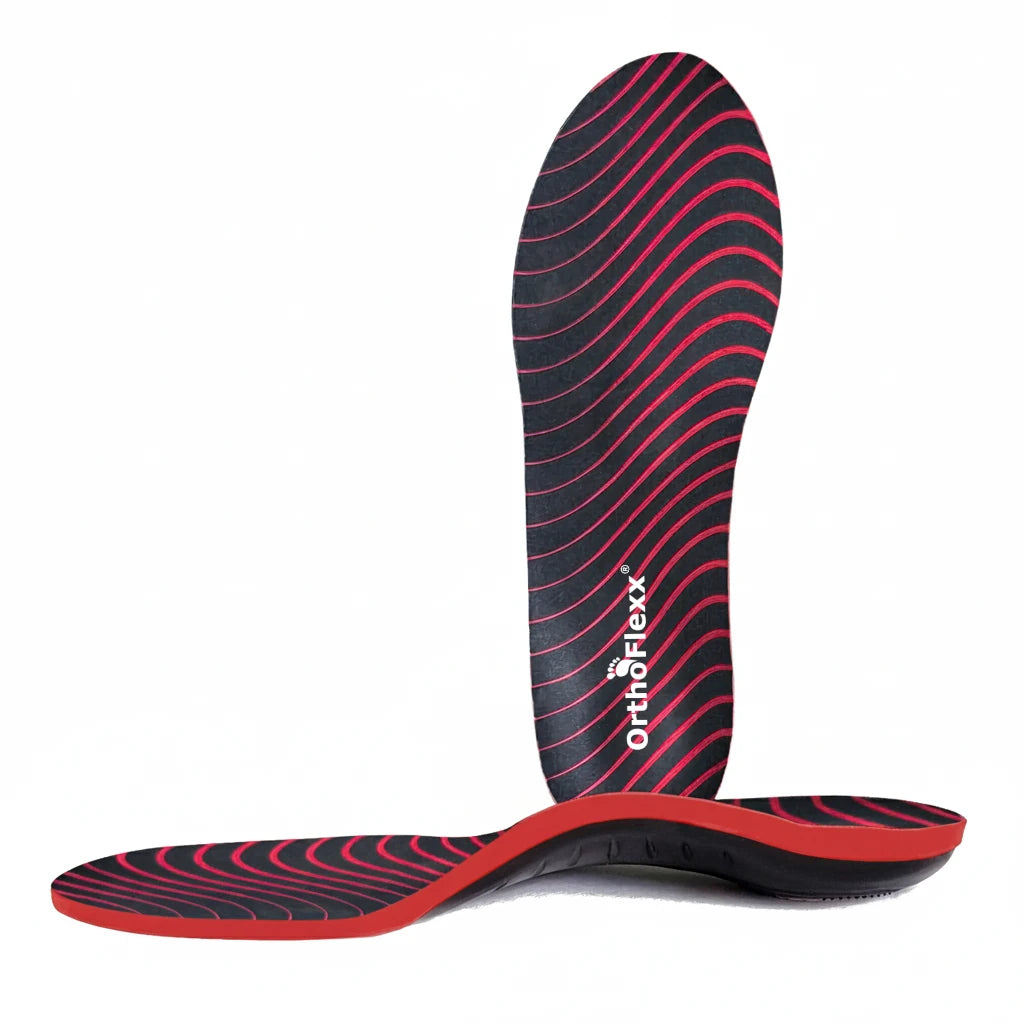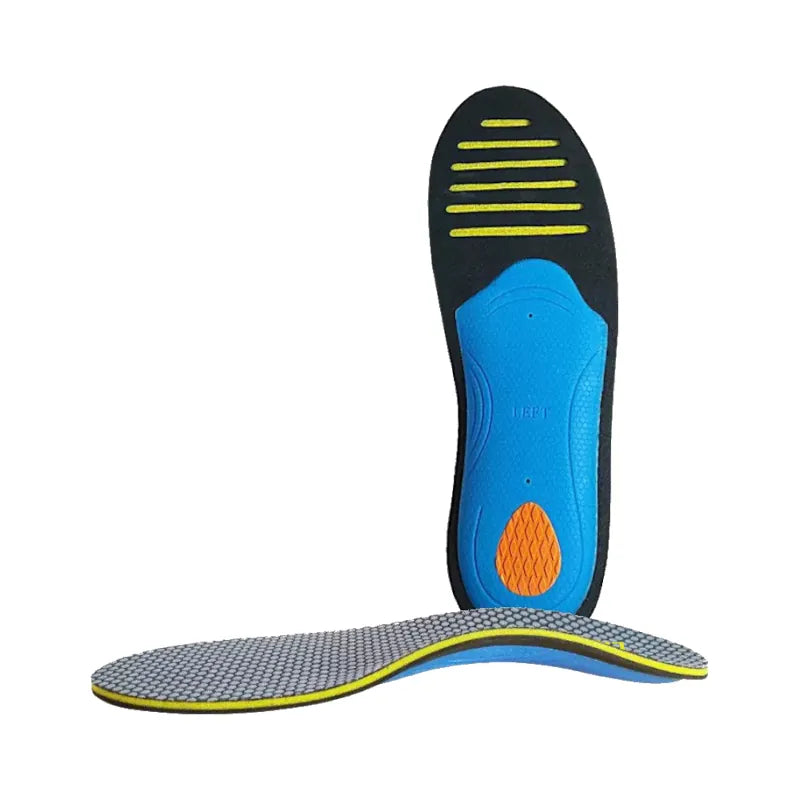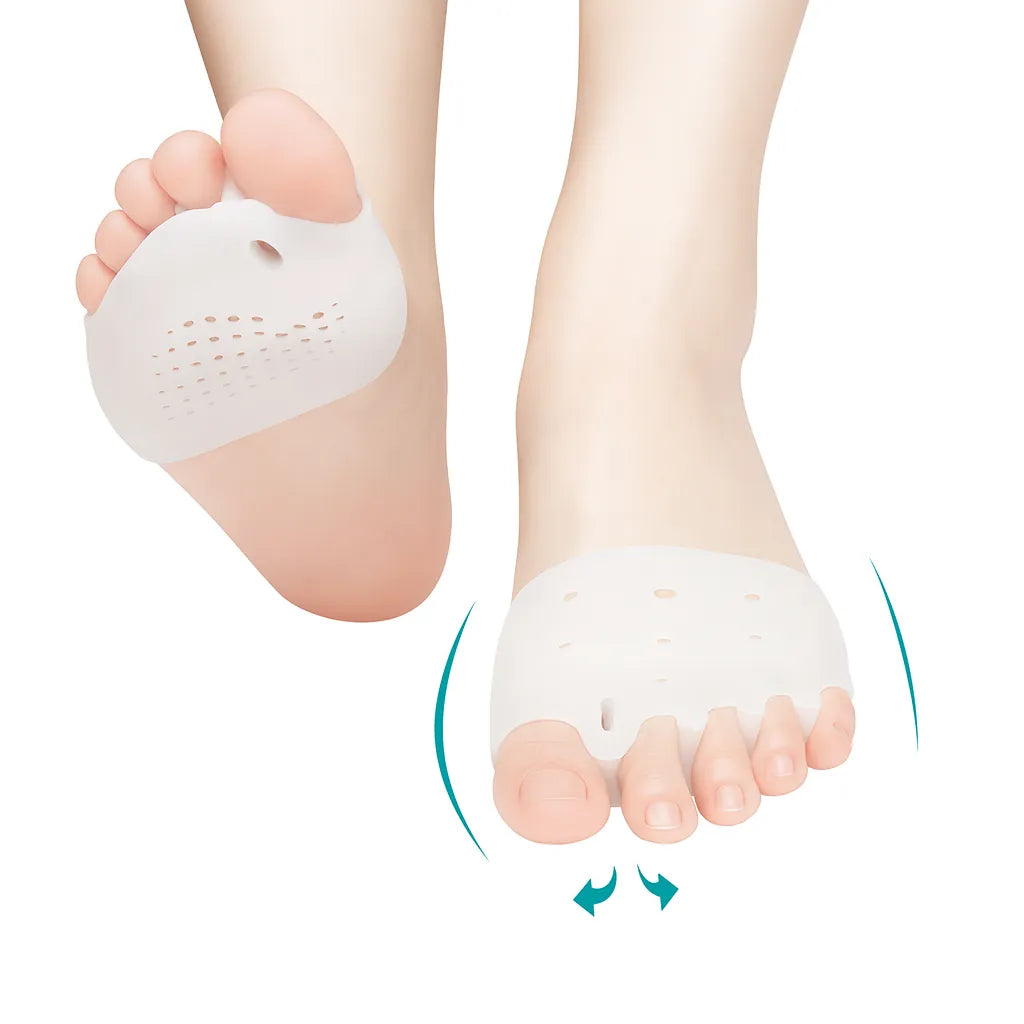
What’s the Plantar Fasciitis VA Rating?
Share
Introduction
Within the intricate tapestry of veterans' healthcare in the United States, numerous processes and mechanisms are working simultaneously to assist those who have dedicated their lives to serving the country. One such component, the Veterans Affairs (VA) Rating system, carries significant importance as it plays a fundamental role in classifying disabilities and determining corresponding benefits. This comprehensive piece will delve deeper into the specifics of Plantar Fasciitis VA Rating, its utility, the parties involved in its application, and its broader purpose within the VA healthcare system.
An Overview of Plantar Fasciitis
Plantar fasciitis is a medical condition that directly affects the plantar fascia – a crucial structure that serves as a connective bridge between the heel and the front of the foot. This condition is a well-documented source of heel pain and is often characterized by a sharp, stabbing sensation. This discomfort tends to peak during the initial steps after waking up in the morning, subsiding gradually as the day progresses, only to potentially reappear after extended periods of standing or getting up from a seated position.

In the context of military veterans, plantar fasciitis can be a byproduct of several factors. The strain from prolonged physical activity, the weight burden from carrying heavy loads, or the constant wearing of ill-fitting footwear – scenarios that are common in military service – can all contribute to this condition. As such, it is not surprising that plantar fasciitis is a common ailment among veterans, which is why it is considered within the VA disability rating system.
What’s the VA Rating System?
The VA Rating system, developed and managed by the U.S. Department of Veterans Affairs, serves as a comprehensive framework to gauge the severity of a veteran's service-connected disabilities. This rating is instrumental in determining the amount of disability compensation a veteran is entitled to receive. The ratings range from 0% (indicating no disability) to 100% (indicating total disability). Importantly, these ratings reflect the degree to which a disability disrupts a veteran's life and impedes their ability to work.
The higher the VA rating, the more severe the disability is considered, leading to increased monthly disability benefits. The significance of this system cannot be overstated for veterans, as it not only acknowledges the physical and mental sacrifices made during their service but also ensures they receive the necessary financial support to manage their health conditions effectively.
Plantar Fasciitis VA Rating
When it comes to plantar fasciitis, the VA assigns it the diagnostic code 5276, which broadly pertains to "foot injuries, other." This code serves as an umbrella term under which plantar fasciitis is categorized, and veterans suffering from this condition can be rated at 0%, 10%, 20%, 30%, or even higher, depending on severity. It's important to emphasize that the VA considers not merely the presence of the condition but its intensity and the extent to which it hampers a veteran's ability to work and carry out daily activities.
A 10% rating is typically assigned for milder cases, where the pain is sporadic and does not significantly impair mobility. A 20% rating is reserved for more severe cases, where the pain is persistent, and the ability to walk is notably impacted. For a 30% rating or higher, the condition must be severe enough to necessitate the use of assistive devices, such as orthotics or crutches.
An essential aspect of the VA rating determination is the bilateral factor. If a veteran suffers from plantar fasciitis in both feet, they are likely to receive a higher combined disability rating.
Utilization and Purpose of the Plantar Fasciitis VA Rating
The VA rating system is primarily used by the Veterans Affairs department and associated healthcare professionals to evaluate and classify service-related disabilities in veterans. However, it's not just these entities that find the rating system beneficial. Veterans themselves and their advocates often rely on the rating system as they navigate through the intricate process of claiming disability benefits.
The purpose of the Plantar Fasciitis VA Rating, like any other VA rating, is multifaceted. First and foremost, it acknowledges and validates the health issues faced by veterans as a result of their military service. Secondly, it quantifies the severity of their condition in a systematic and standardized way. Lastly, it ensures they receive appropriate compensation to help manage their condition and improve their quality of life.
In essence, the VA rating is a recognition, quantification, and compensation tool. It recognizes the sacrifices made by the veterans during their service, quantifies the impact on their health, and compensates for the ensuing impairments in their daily living.
While the VA Rating system serves an essential purpose, it is not without its limitations, some of which become quite evident in the context of conditions like plantar fasciitis.
General Limitations of the VA Rating System
- Subjectivity:
The VA rating system, while standardized, leaves some room for subjectivity. The evaluation of a disability's severity may vary between medical examiners, leading to discrepancies in the assigned ratings.
- Complexity:
The VA rating system is quite complex and can be difficult for veterans to navigate. Veterans often need professional help or advocacy organizations to help them understand the system and receive the benefits they deserve.
- Time:
The VA claims process can be slow and time-consuming. Veterans may have to wait for months, if not years, to receive a decision on their claims. This delay can have a detrimental impact on veterans who need immediate financial assistance.
Limitations Specific to Plantar Fasciitis VA Rating
- Diagnostic Categorization:
Plantar fasciitis is classified under the broader diagnostic code 5276, "foot injuries, other." This general categorization may lead to inconsistent evaluation as it groups together various conditions that might require different considerations.
- Assessment of Pain:
Pain, the primary symptom of plantar fasciitis, is a subjective experience and can be difficult to quantify objectively. As such, veterans may receive varying ratings based on different examiners' assessments of the pain and its effect on the veteran's mobility.
- Accounting for Bilateral Factor:
While the VA rating system does account for bilateral conditions (affecting both feet in the case of plantar fasciitis), the calculation for combined disability may not fully reflect the overall impact on a veteran's quality of life.
- Consideration of Associated Conditions:
Often, plantar fasciitis can be associated with other conditions like back pain due to altered gait, or conditions like PTSD which can exacerbate the perception of pain. The VA rating system, however, may not effectively consider these associated conditions when assigning a rating for plantar fasciitis.
Conclusion
Although it may seem like a minor element in the expansive canvas of veterans' healthcare, the Plantar Fasciitis VA Rating plays a pivotal role in the lives of those veterans grappling with this condition. By understanding the nature of this rating system, we can better appreciate the structures in place to support our veterans, fostering a deeper understanding of their challenges and the institutional endeavors to alleviate them.
In a broader perspective, understanding the Plantar Fasciitis VA Rating underscores the importance of providing adequate healthcare and financial support to those who have served. It amplifies our societal obligation to care for those who have borne the cost of preserving our national security, shedding light on the countless ways in which that obligation can and should be met. By ensuring our veterans receive the care and compensation they need and deserve, we honor their sacrifices and uphold the principles they fought to protect.
Author Bio

Marlene Carvalho
Certified Sports Physiotherapist of Elite and Olympic athletes; Performance Coach to racing drivers
Marlene Carvalho is a sports physiotherapist passionate about all things sports.
References
- https://www.va.gov/
- https://orthoinfo.aaos.org/en/diseases--conditions/plantar-fasciitis-and-bone-spurs
- Hill, J. R., & Kitchen, J. (2007). Management of plantar fasciitis in the outpatient setting. U.S. Army Medical Department Journal, (Apr-Jun), 18-23.













